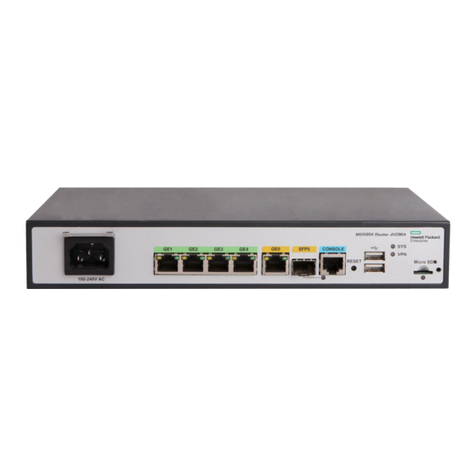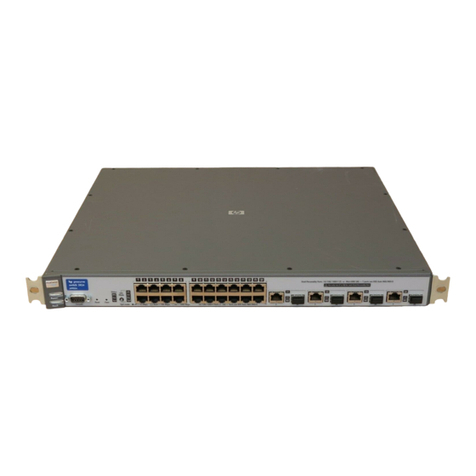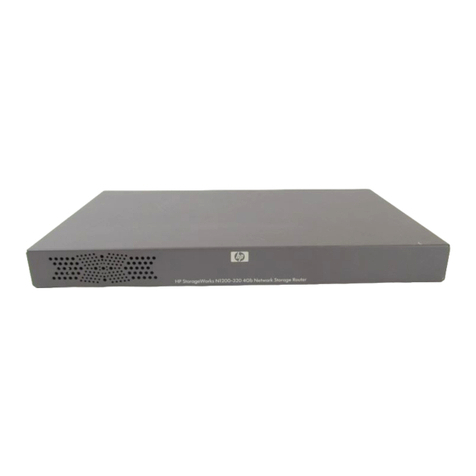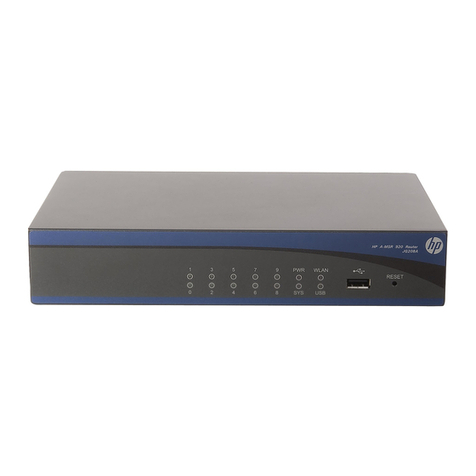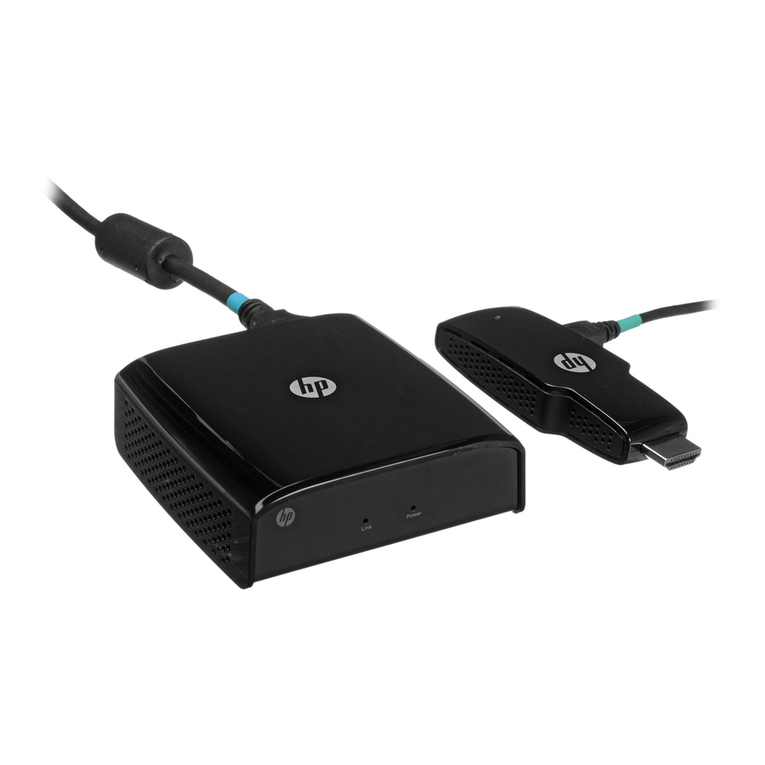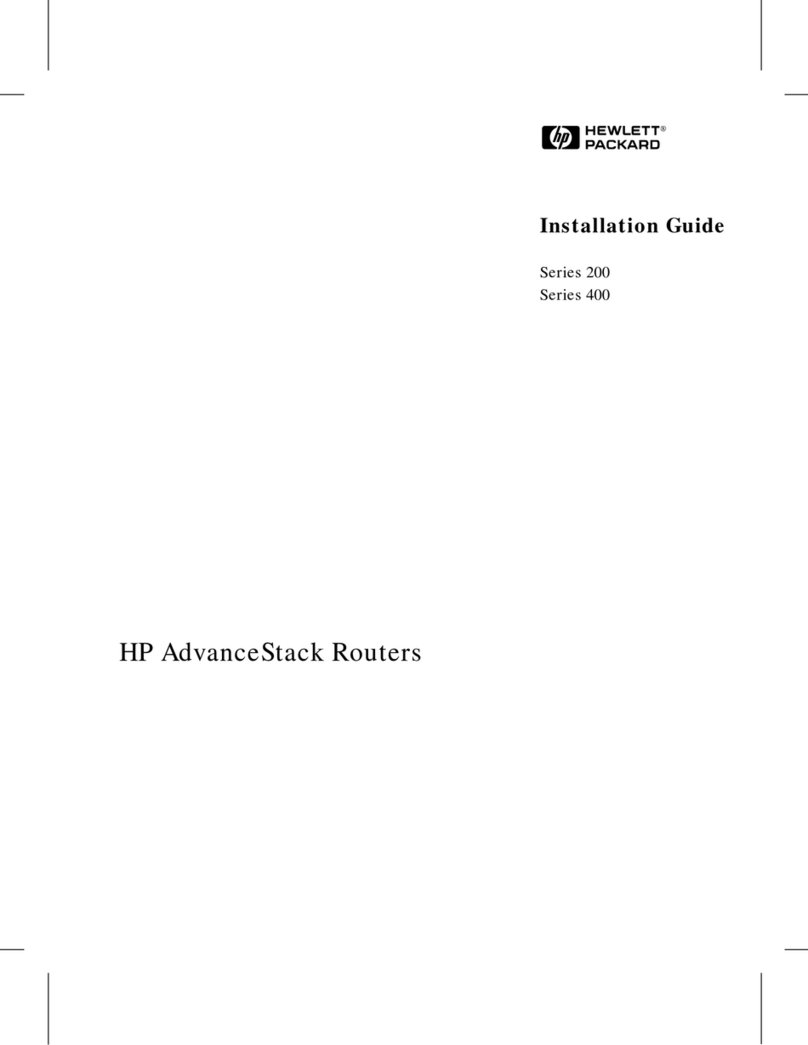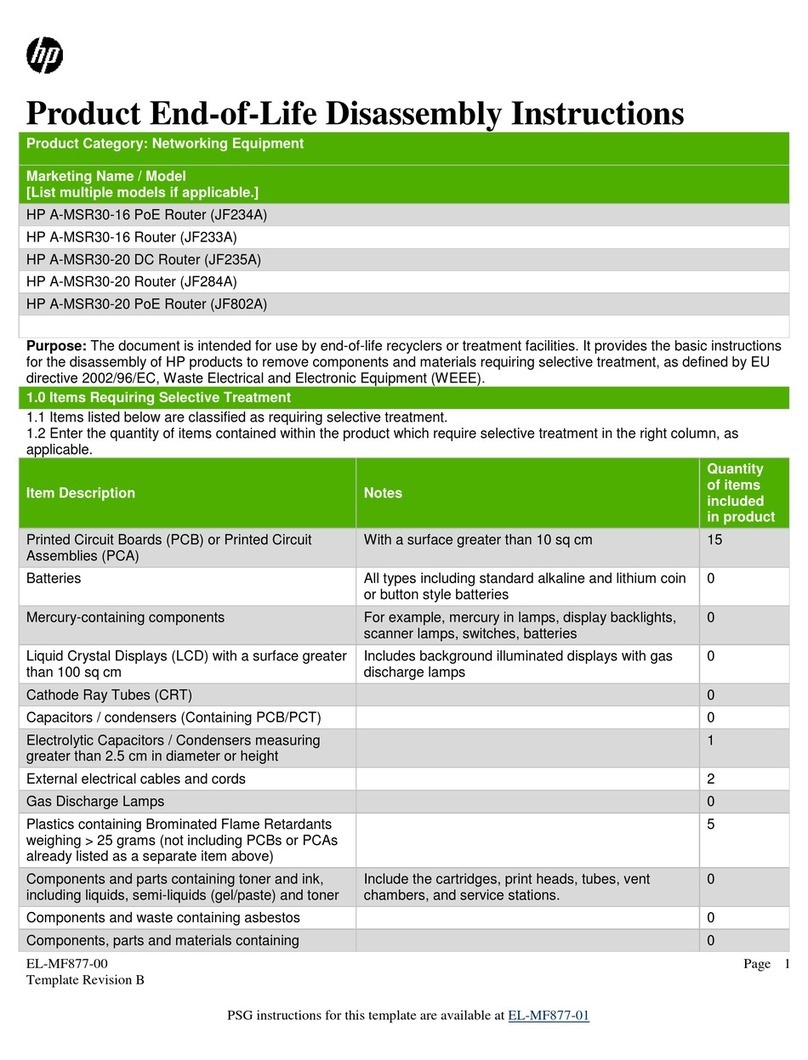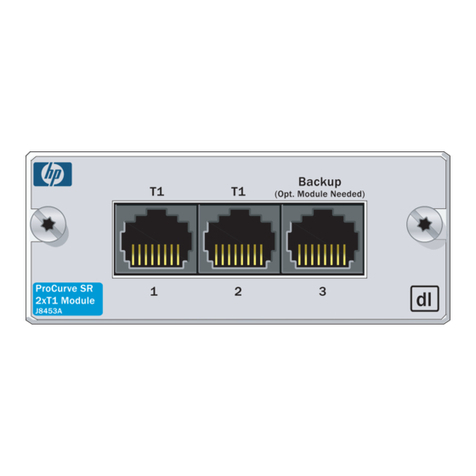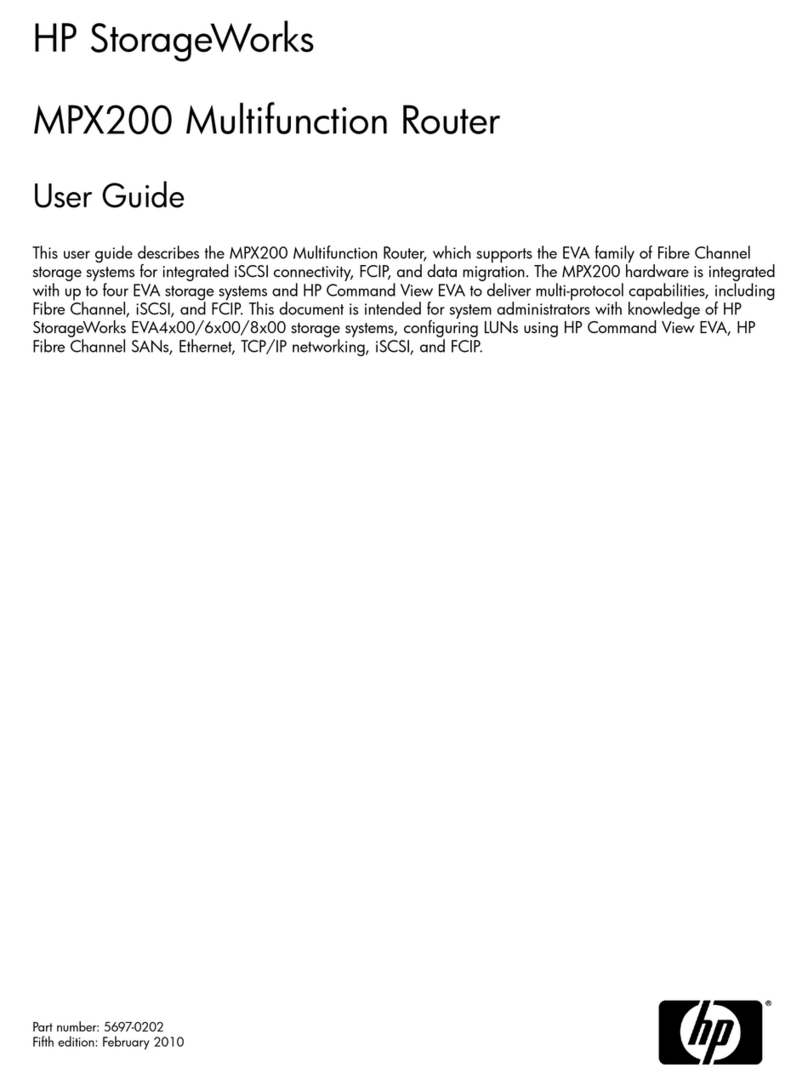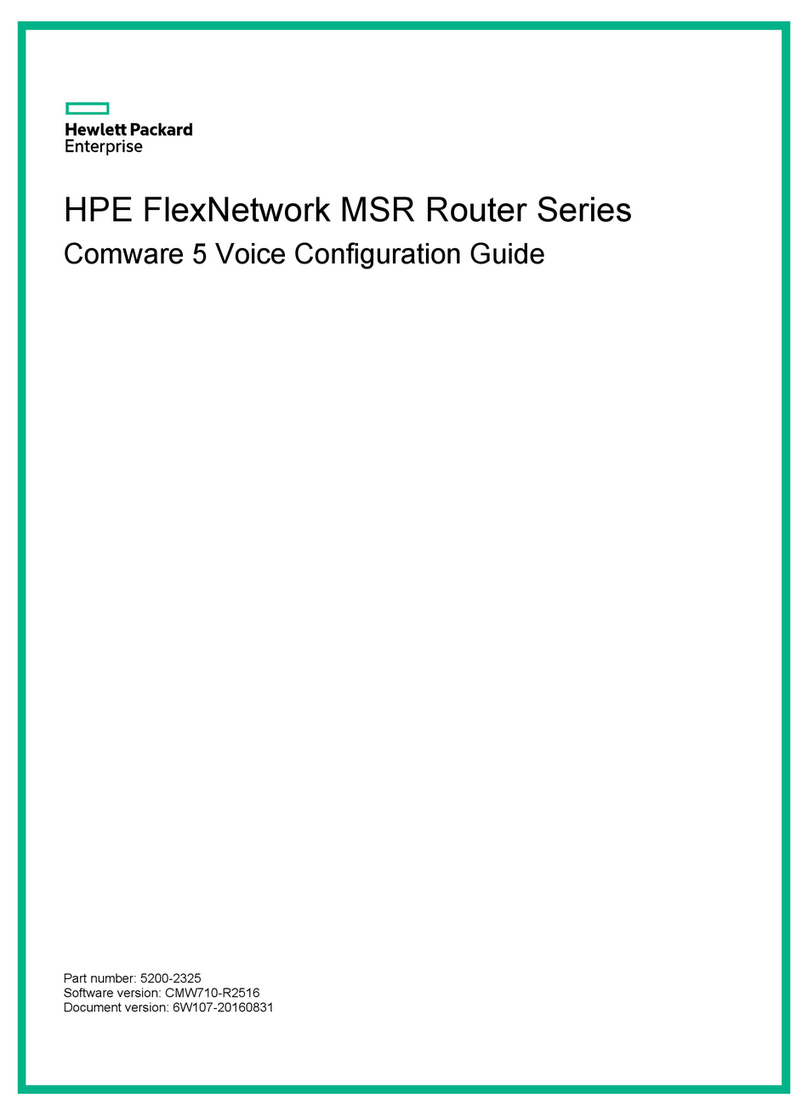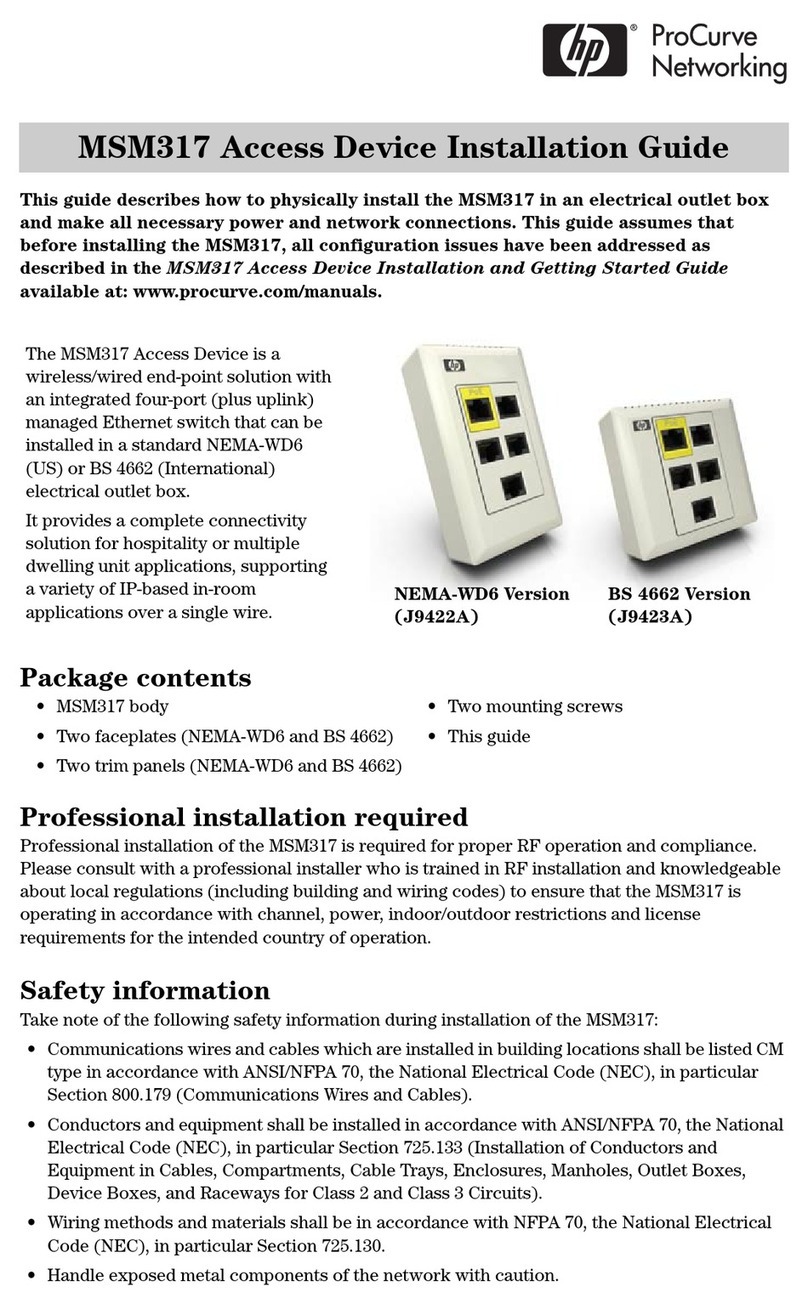
ii
Configuring remote LDP session parameters ······································································································ 64
Configuring PHP ···················································································································································· 65
Configuring the policy for triggering LSP establishment ··················································································· 65
Configuring the label distribution control mode ································································································ 66
Configuring LDP loop detection ··························································································································· 67
Configuring LDP MD5 authentication·················································································································· 68
Configuring LDP label filtering ····························································································································· 68
Configuring a DSCP for outgoing LDP packets·································································································· 69
Maintaining LDP sessions ·············································································································································· 70
Configuring BFD for MPLS LDP ···························································································································· 70
Resetting LDP sessions··········································································································································· 70
Managing and optimizing MPLS forwarding ············································································································· 70
Configuring a TTL processing mode for an LSR ································································································· 71
Sending back ICMP TTL exceeded messages for MPLS TTL expired packets ················································· 72
Configuring LDP GR ·············································································································································· 73
Configuring LDP NSR············································································································································ 75
Configuring MPLS statistics collection·························································································································· 75
Inspecting LSPs ······························································································································································· 75
Configuring MPLS LSP ping·································································································································· 76
Configuring MPLS LSP tracert······························································································································· 76
Configuring BFD for LSPs······································································································································ 76
Configuring periodic LSP tracert·························································································································· 77
Enabling MPLS trap························································································································································ 78
Displaying and maintaining MPLS ······························································································································· 78
Displaying MPLS operation ·································································································································· 78
Displaying MPLS LDP operation··························································································································· 80
Clearing MPLS statistics ········································································································································ 81
MPLS configuration examples······································································································································· 81
Configuring static LSPs·········································································································································· 81
Configuring LDP to establish LSPs dynamically·································································································· 84
Configuring BFD for LSPs······································································································································ 88
Configuring MPLS TE ·················································································································································90
MPLS TE overview ·························································································································································· 90
Basic concepts ······················································································································································· 91
MPLS TE implementation······································································································································· 91
CR-LSP····································································································································································· 92
RSVP-TE··································································································································································· 93
Traffic forwarding·················································································································································· 97
CR-LSP backup ······················································································································································· 98
FRR ·········································································································································································· 98
PS for an MPLS TE tunnel····································································································································100
Protocols and standards ·····································································································································100
MPLS TE configuration task list ···································································································································101
Configuring basic MPLS TE·········································································································································101
Creating an MPLS TE tunnel over a static CR-LSP·····································································································102
Configuring an MPLS TE tunnel with a dynamic signaling protocol·······································································103
Configuration prerequisites ································································································································103
Configuration procedure ····································································································································104
Configuring RSVP-TE advanced features ···················································································································107
Configuring RSVP reservation style ···················································································································107
Configuring RSVP state timers····························································································································108
Configuring the RSVP refresh mechanism·········································································································108
Configuring the RSVP hello extension ···············································································································109
Configuring RSVP-TE resource reservation confirmation ·················································································109

